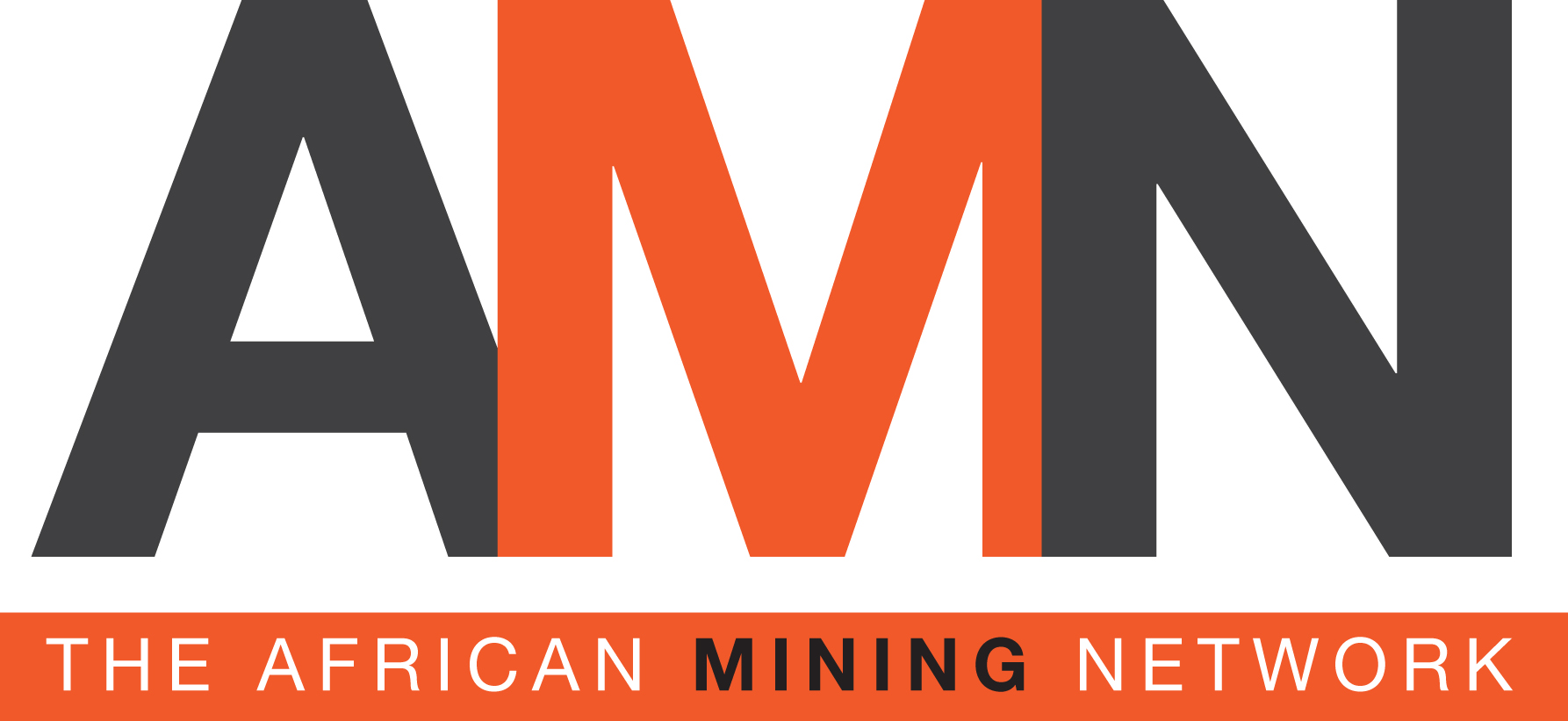- Yolanda Torrisi
- +61 412 261 870
- yolanda@yolandatorrisi.com
- Nina van Wyk
- +27 82 926 3882
- nina@africanminingnetwork.com
Compass Gold Corp has discovered a large gold anomaly on the Kourou permit at its Sikasso property in Southern Mali. The anomaly over a distance of 1.8km along strike from artisanal workings at Samagouela has been revealed by a shallow soil survey.
The maximum soil sample contained 4.03 g/t gold and was not associated with previous workings.
The anomalies are coincident with regional shear zone and crossing-cutting faults, including faults cross-cutting small intrusion.
Compass CEO Larry Phillips said, "So far this year, our primary exploration focus has been at Farabakoura on our Ouassada permit. However, our field teams have also been busy following-up on previous exploration and investigations of artisanal workings on some of our other permit areas, including Samagouela on the Kourou permit.
"Fieldwork conducted at Samagouela has identified a potential 1.8km-long zone of gold anomalism that is coincident with regional structures. This discovery shows the quality of our full land package and that the huge potential at Sikasso extends beyond the exciting Farabakoura zone.
"In light of these encouraging results, our technical team will be reviewing options for expanding our exploration plans for the 2020 drilling season."
In May 2018, Compass undertook a shallow soil sampling program over select areas on the Yanfolila South permit block, which included the Kourou permit. The survey identified 12 target zones, and several sites of artisanal workings not previously recorded. One of these areas was Samagouela.
In January 2019, Compass geologists interviewed artisanal miners at Samagouela, who indicated that, over a three-month period, they had used machinery to recover about 645 ounces of gold from the workings. The workings cover an area of 200 x 100 metres down to a depth of 22.5 metres and apparently are underlain by an altered granite.
Geochemical and geophysical surveys performed in 2019 were designed to locate drilling targets to be tested in Q4 2019 or Q1 2020.
This work covered a 3.5 x 3.0km rectangle, and completely covered the area of the March 2019 infill soil survey.
When ground conditions and access improve at the end of the rainy season, expected in early November, the company is planning additional surveys over the area of interest, looking to identify specific drilling targets.
One priority will be to complete the additional shallow soil geochemistry over the entire intrusion and join the two infill grids.
A gradient IP survey will also be undertaken to identify conductors that could be due to the presence of sulphide-rich zones, particularly within the interpreted intrusion.
Interpretation of this new data will determine the precise location of future aircore or reverse circulation drilling targets.
This drilling is expected to take place in Q1 2020 after the next phase of drilling on the Ouassada and Farabakoura permits has been completed.
In September high-grade result of up to 6.1 metres at 65.6 g/t gold from 19.5 metres were obtained from the Farabakoura artisanal workings on the Ouassada permit.
All seven diamond drill holes intersected significant gold mineralisation within a 200-metre section of the 750-metre-long Farabakoura high-grade zone
Follow-up drilling later this quarter will test open areas and the extent of the gold-rich zone.
Phillips said, "The conclusion of this season's drilling at Farabakoura has returned some spectacular high-grade gold intercepts over an extensive area, as well as valuable new structural and geologic data that continues to excite our team.
"In addition to finding such strong gold values, this work has revealed new structures with significant potential that we will begin drilling in Q4 once the rainy season ends."

